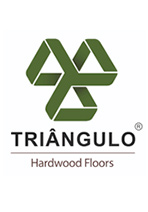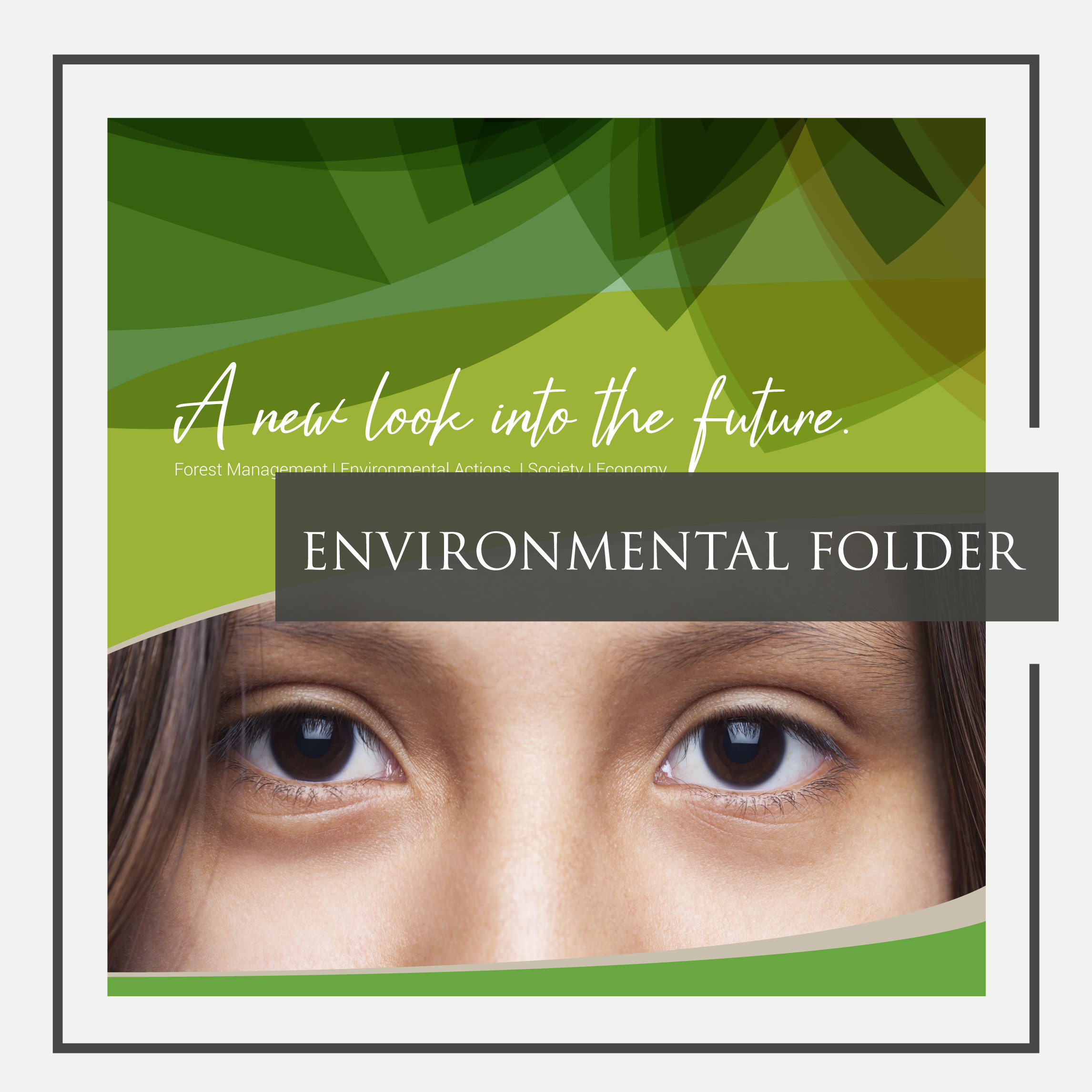OUR COMMITMENT TO THE FUTURE.
The initial occupation of the Amazon adopted unsustainable practices for
timber resources exploitation which caused significant impacts.
The techniques applied did not respect environmental or social criteria,
contributing significantly to forest suppression, deterioration of air and
water quality, in addition to inhumane working conditions.
Aiming at sustainable economic growth, respecting the environment, employees
and the community, MANOA Florestal was one of the first companies to adopt
reduced impact logging techniques in Brazil.
Thus, a new concept of logging was implemented in which the techniques
applied minimize the effect of interventions on the forest,
increasing the efficiency of operations and management productivity.
OUR FOREST, MANOA.
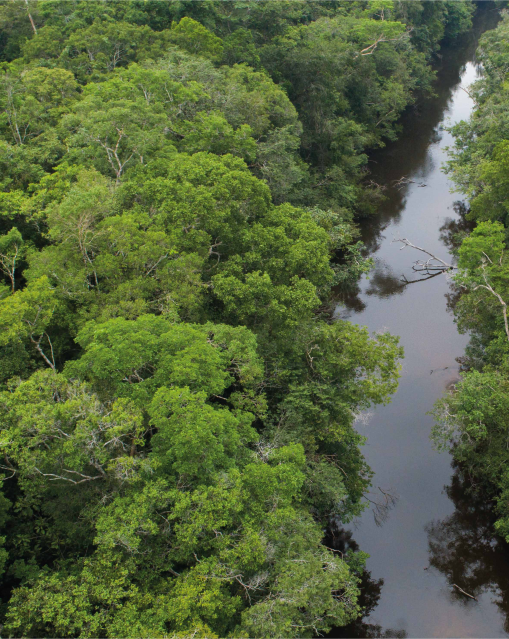
MANOA started in 1983, when
Triângulo Hardwood Flooring acquired
74 thousand ha of forests in Cujubim, Brazil.
It took several years of research for the development of adequate forest management
methods.
In 1994, the Sustainable Forest Management Plan was approved, including innovative
practices for environmental impact reduction. During 3 years, local forest operators were
selected and trained in the practice of a new work methodology, focusing on sustainability.
Between the acquisition of the area in 1983 and the start of operations in 1997, it took 14
years to gain expertise about the forest and its impact on the community.
In 2005, this effort was recognized by the Forest Stewardship Council (FSC), an internationally renowned forest certification.
SUSTAINABLE FOREST MANAGEMENT
Sustainable forest management is authorized in an area of approximately 74 thousand ha,
MANOA has 69 thousand ha registered as Legal Reserve..
In the forest system adopted by MANOA (polycyclic) the rotation is divided into intervals
called “cutting cycles”.
The management plan requires a cutting cycle of 30 years and a maximum volume intensity cutting of 25 m³/ha.
Based on these numbers, MANOA harvests only 4.7% to 6.8% per hectare, of the total
available forest volume.
These premises ensure the maintenance of adult specimens of various species managed.
The 30-year period between each rotation allows the forest to regenerate, restoring
timber stock and allowing species diversity to perpetuate.
The methodology applied for forest area to be managed established by MANOA allowed
the forest to be segmented into 30 Annual Production Units (UPA).
Sustainable forest management is about consciously exploiting the forest. After
considering various factors and a forest inventory study of the area to be logged
IBAMA approves the removal of trees in limited numbers.
For a tree to be removed from the forest, a thorough analysis is carried out taking in to
regard various factores such as: age, impact to other trees in its surrounding areas, seed
trees, bird’s nest, etc.


SAFETY AND PRESERVATION
MANOA’s has as permanent activity in the monitoring of fauna and flora.
All employees are trained to be aware of possible damages and how to avoid them. Based on the agreement signed with the University of Rondônia (UNIR), it began the continuous inventory and survey of medium and large mammals which inhabit the region, a study aiming to record the animals and population found in MANOA area and its contiguous areas.
In order to ensure its conservation commitment, MANOA has registered within the notary’s office around 69 thousand ha of its total area as Legal Reserve, making a public commitment to maintain all area covered by forest of its property.
MANOA’s forest area is adjacent to public areas, such as Jamari National Forest, Jacundá and Samuel Reserve, forming a large forest block of approximately 480 thousand ha. The maintenance of this block is important for the conservation of the most diverse fauna and flora species of the state of Rondônia and the Brazilian
Amazon.
On the map, it is possible to see how unprotected areas surrounding the MANOA Forest can be cleared.
GALLERY
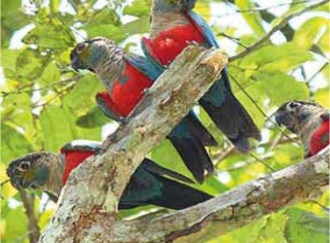
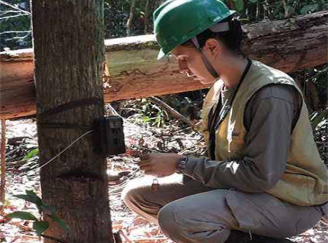
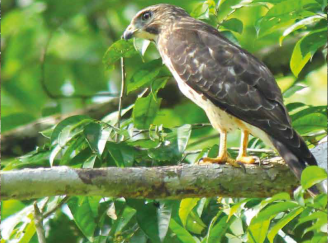
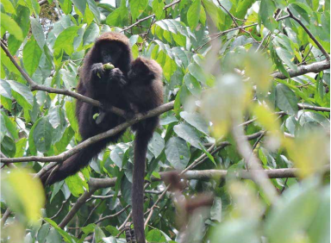
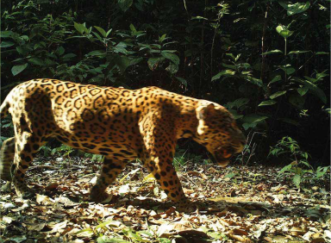
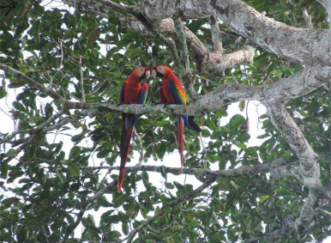
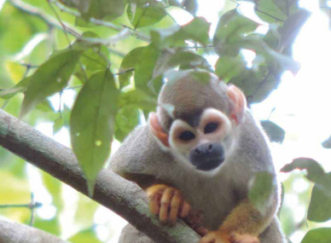
AIR QUALITY
Our forest – Manoa – has a great eternity and aulia in the reduction of atmospheric pollution.
Every year, more than 279,290 tCO2eq are required to be emitted, helping to improve air quality and consequently health and climate.

REDD + Manoa Project
Beyond the Triangulo Group
Manoa, in partnership with the REDD + project carried out by Biofílica, is the source of access for other Brazilian companies to be able to neutralize their emissions of gases in the atmosphere and commit themselves to the causes of sustainability.
The company that neutralizes its emissions with REDD + Projects not only directly combat climate change, but also prevent deforestation in the Amazon Forest, preserve biodiversity and support local socioeconomic development.
REDD + Manoa Partners
BTG PACTUAL
NATURA
CIELO
SANTANDER
INTERNATIONAL CERTIFICATIONS AND RECOGNITION
MANOA follows strict international standards and precepts on quality and sustainability.
The certifications attest to all the work involved to guarantee the origin of the wood and the true commitment to maintaining sustainable management as the main pillar of actions in the forest.
International bodies recognize MANOA as an example of actions to be followed in the environmental field.

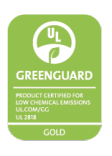
Greenguard Gold is the top category of this certification, which informs products that are considered healthy, including for school and hospital environments. They are products that help to reduce indoor air pollution and the possibility of exposure to chemicals in the atmosphere
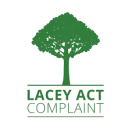
The Lacey Act establishes a series of conditions for the entry of foreign timber into the United States by prohibiting illegal timber products.
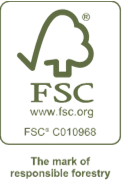
The forest certification seal is issued by certifiers that are constantly monitored by
the FSC. The FSC aims to ensure that timber comes from a production process managed
according to an ecologically sound, socially fair, economically viable management and
complies with current national laws.
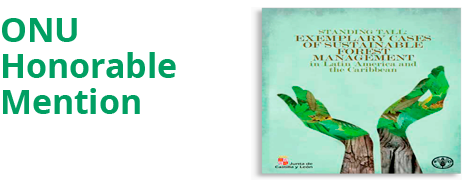
MANOA’s sustainable forest management model has already been disseminated
as a good practice to be followed worldwide, in the 2010 UN publication
Exemplary Cases of Sustainable Forest Management:
“The Manoa Timber Industry owns 75,182 hectares (ha) of land in the municipality of
Cujubim, in the state of Rondônia, in the Brazilian Amazon. Since 2005, 73,079 ha
have been certified by the Forest Stewardship Council (FSC).
Manoa is a pioneer in sustainable forest management in Brazil and the first to obtain FSC certification in Rondônia.
Manoa is owned by Grupo Triângulo (www.triangulo.com.br)
SOCIAL AND EDUCATIONAL PROJECTS
The community around the Manoa forest gained cultural and educational incentives with the construction of a school, day care center and APAE in the city of Cujubim.
Other actions, such as forestry education, are also provided to the local community.

Kindergarten
Grupo Triângulo built an early childhood education school in Cujubim, Rondônia. The Raio de Luz nursery serves more than 200 children in the municipality.
CEFLOM
To educate the community, professionals and students from all over the country, a Forestry Studies Center was built in the Manoa forest. The awareness of forest management reflects good practices and combats illegality in the timber market.
Culture
The Triângulo Group supports the local culture of Cujubim, helping with funds, materials and spaces for leisure, art and sports in the city.
GALLERY
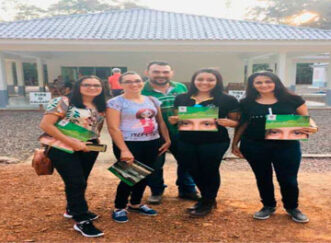
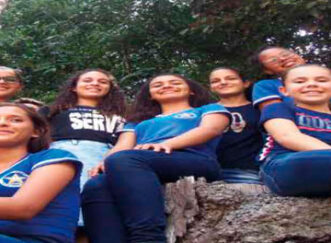
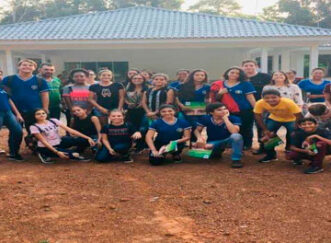
REFORESTATION FARMS
Reforestation, as well as sustainable forest management, does not harm the environment and also contributes to maintaining the climate, animals and other plant species.
Triângulo Empreendimentos florestais is a forestry producer belonging to the Triângulo group.
We have over 30 years of experience in sustainable reforestation, which proudly provided us with the certification that attests to our commitment to the environment and all biodiversity, from planting to cutting.
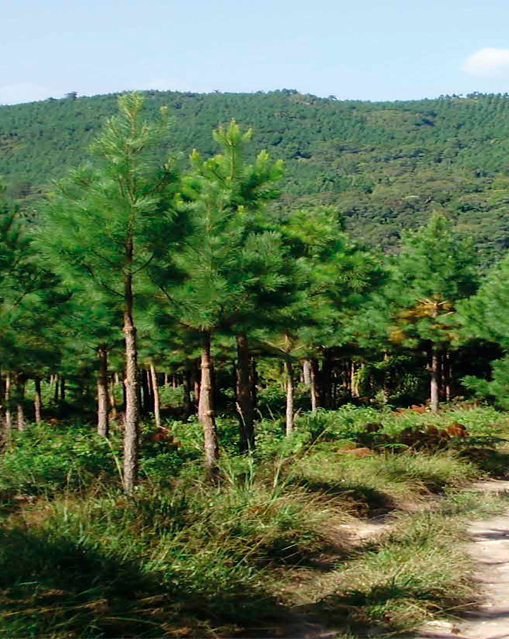
Developing the production chain in a sustainable way is one of the ways to contribute to the country’s future generations.
Every day, the industry needs raw material from wood. Pinus is a versatile tree, which is widely used in various sectors that include our daily lives and supply the needs of millions of people.
Respect for the environment;
Develop and improve techniques that impact as little as possible;
Preservation of the native environment, both fauna and flora;
Plan and implement plantations always under the Sustainable management regime.

There are 4,400 hectares including conserved native forest and forest plantations.

All farm waste is recycled.

Throughout the area, flora and fauna is preserved.



